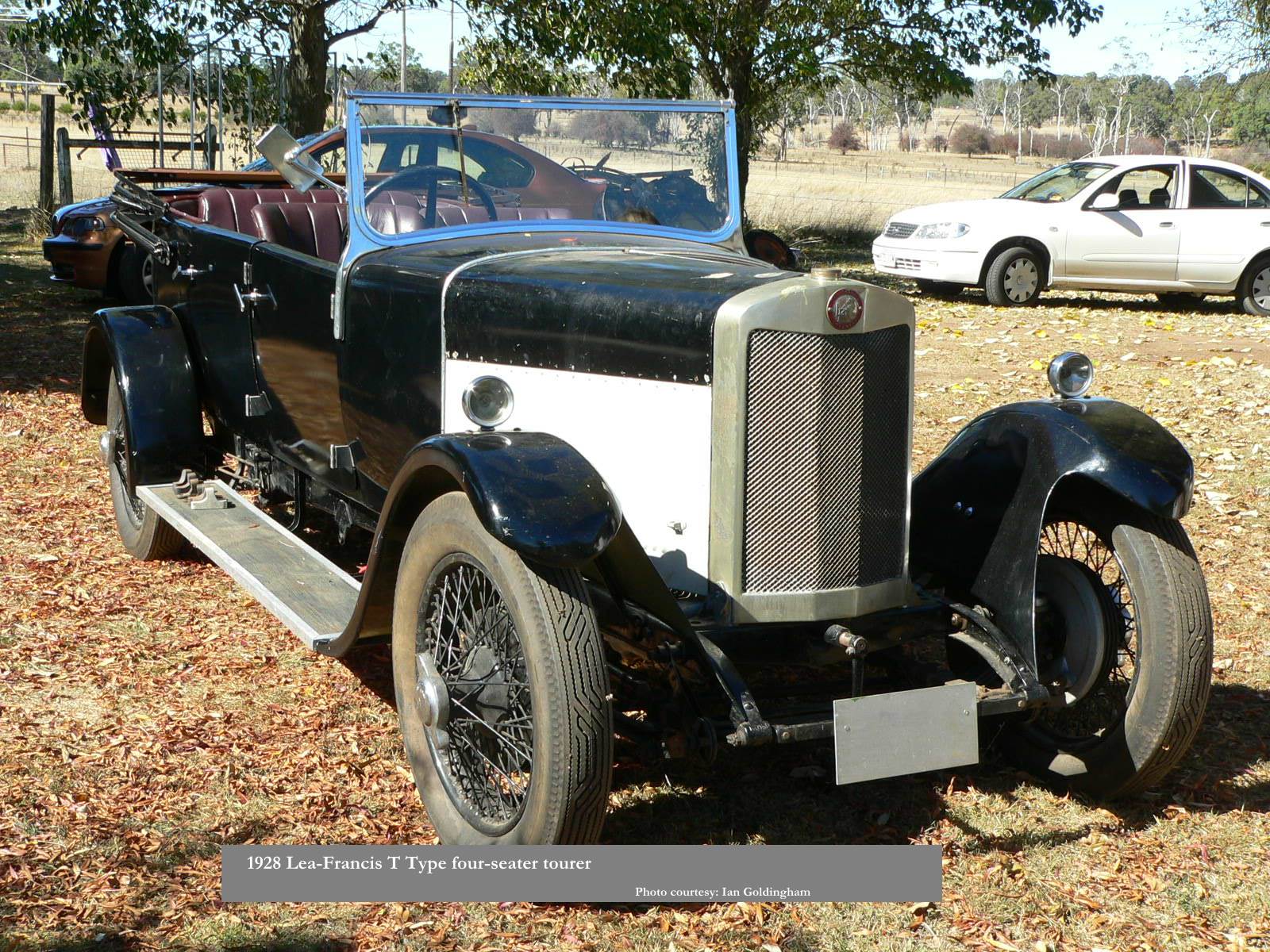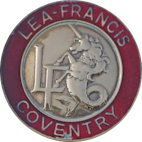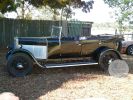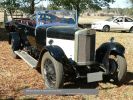
During 1927 Charles Van Eugen convinced the directors of Lea-Francis to allow him to design a completely new chassis assembly.With semi-elliptic springs to the front and rear.
The new frame was designed to take engines from Meadows range, but Van Eugen was persuaded to fit the Vulvan 14/40 six cylinder unit to it as well. Extended by 3" compared with the P-Type frame and fitted with the somewhat unreliable Vulcan built 1LFS engine the chassis was designated the T-Type.
| Engine: | Vulcan 1LFS 14/40 |
| Wheelbase: | 9' 6" |
| Track | 4' 2" |
Lea-Francis fitted the Vulcan 14/40 1,600cc six-cylinder overhead cam engine to their new chassis to produce a light-six. The car was not particularly successful due to the poor design of the engine, which, both in this model and the 1LFS gave a lot of trouble and cost the company a lot of time and money in putting right faults on customers’ cars. However, when they worked, the 14/40 made the T-Type a much more lively and sporting product than the heavier Vulcan built 1LFS for which it had been designed.
Many cars had the six-cylinder 14/40 engine replaced with a Meadows 4ED by their owners, often after already having had a replacement 1LFS engine fitted by Lea-Francis at the company's expense.
One significant owner of a T-Type was Eric Findon writer for, and later Editor of, The Light Car. Findon was convinced light six-cylinder engines were the way of the future and the new LFS1 powered, T Type Lea-Francis was the ideal basis on which to build his own idea of a very special type of car. To keep the T-Type as a light car he required the factory to take the 1600cc 1LFS engine no. 414 and sleeve it down to below 1,500cc. Chassis no. 15022 was fitted with a version of the blue fabric Sports Saloon body being made by Cross& Ellis for the new Hyper S-Types. The car was fitted with a brake servo from Clayton Dewandre, Ki Gass starting, and a Humfrey Sandberg free wheel device, which, in turn, was coupled to a close-ratio gearbox - rare amongst the LFS powered T-Types. The superbly finished split dashboard was crammed with every instrument imaginable. LFOC member Ian Goldingham wrote an excellent article about Eric Findon and his T-Type in the February 2018 edition of the LeaFlet, which is available to members to download here.





